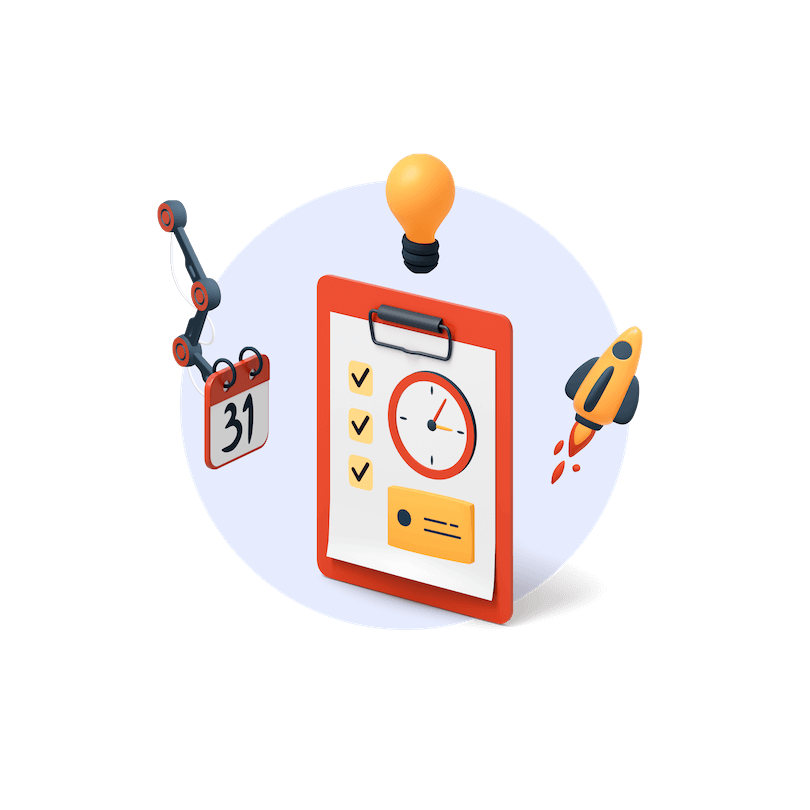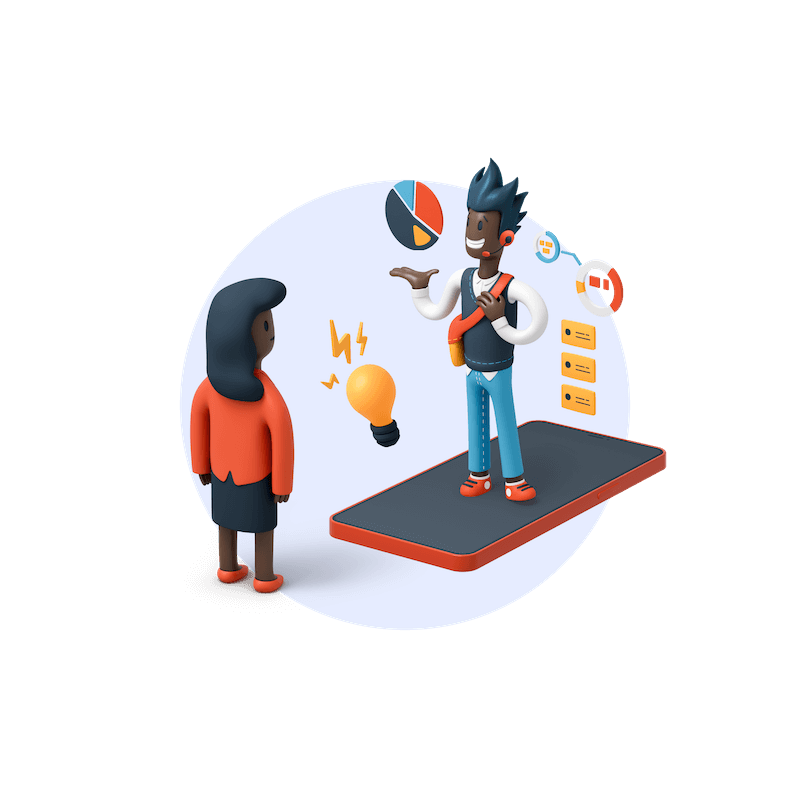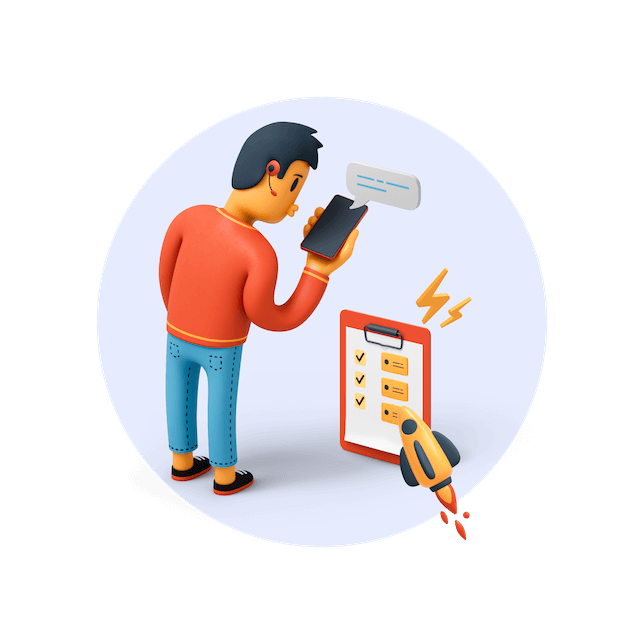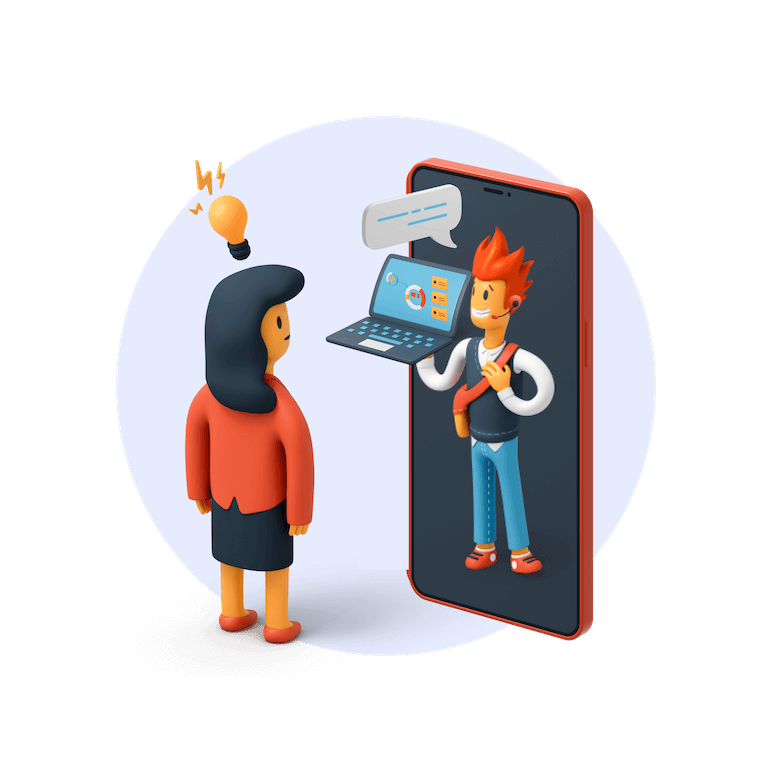You looked up at the clock at the end of your workday and felt you didn’t get enough. Are you working extra hours every night and weekend and still not hitting your target result? You may wonder why you haven’t yet learned how to become more efficient at work.
Creating a more efficient and simplified way of dealing with work-related activities does not make you more productive. It also gives you more free time to spend however you want, whether relaxing or improving yourself.
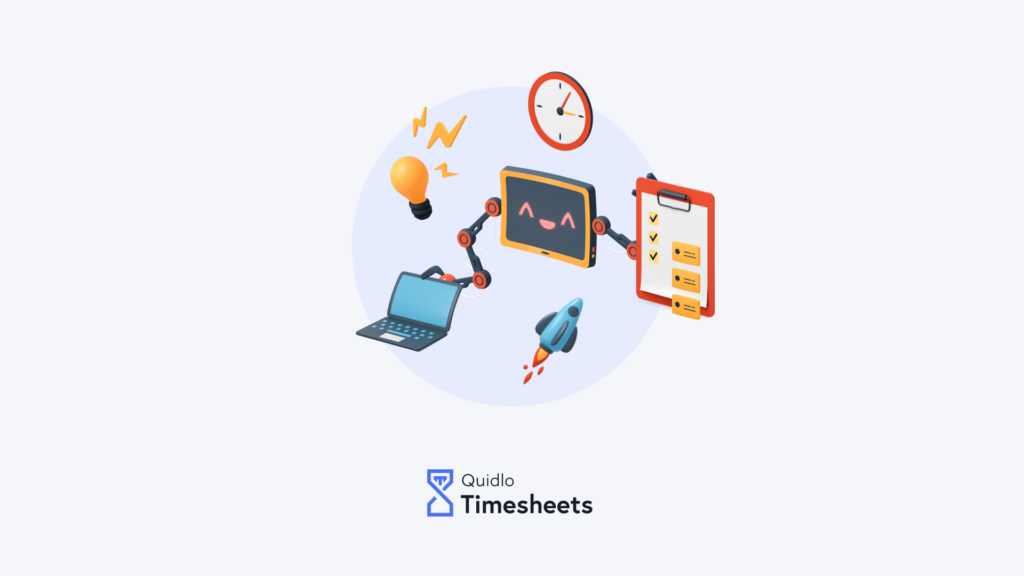
Table of Contents
What is Work Efficiency?
Work efficiency is the capability to get the most output from the least possible input. In short, doing more with less. Work smarter, not harder.
When you improve your work efficiency, you can get a bigger output from the same amount of input—or maybe less. For employees, that indicates being able to get more things done in a limited amount of time: the workday.
How Can You Track Your Work Efficiency?
Any self-improvement plan takes dedication and time to implement. Learning how to work efficiently is no different. You are building new habits that will contribute to your productivity rather than detracting from it.
Here are some techniques to help you get started:
- Plan, organize, and prioritize
Planning your regular schedule plus prioritizing and organizing goals or tasks is vital to improving your work efficiency.
When creating your to-do list, always set SMART goals. It’s much better to create realistic goals and overachieve than the opposite. Creating a comprehensive plan in advance is also helpful for acknowledging which task you can delay for more valuable, urgent tasks.
After planning, you can organize your work by breaking down huge projects into smaller tasks and creating a priority status and due date for each one. Prioritize your work by mixing the essential and most urgent tasks. Then, you can consider how much time it will take to complete each.
To prioritize your tasks and manage them efficiently, it will help if you learn how to delegate and say “no” to other tasks that may risk your progress.
- Assign time limits to tasks
Making a schedule must include setting time limits on the task rather than working until they are done. To-do lists are wonderful and cool, but you might often feel like you never check anything off.
Are you planning to set a steady pace for your workflow? Consider using the Pomodoro Technique. It can help you check off your to-do list in about 25-minute pieces, taking short breaks between every stint and a longer break after finishing four.
That strategy balances a narrow focus with frequent breaks, minimizing mental strain and keeping motivation.
- Learn to say “no.”
There are instances where we take on tasks that we don’t need to. You are set on proving that you can multitask and that you take on tasks you could just as easily delegate to others.
People often associate the word “no” with failure or missed opportunities, but that is not the case.
Learn how to say no every time your plate is full or you lack interest in a task. Can you delegate smaller tasks to the people around you? Do so. Freeing up your schedule enables you to concentrate more on tasks that matter to you and will help you improve efficiency at work.
- Use time management tools
Are you working remotely? You know how easily you can lose focus, become distracted, and become less productive.
As a way of tracking your performance, there are time management tools that measure the time you spend on a task. That enables you to identify how much time is needed for specific tasks and allocate the time needed for future tasks.
Time management tools such as Quidlo Timesheets help you stay organized on a tight schedule. This tool accurately monitors your time on a certain task and can easily be installed on your workstation.
- Learn to handle interruptions
Are you aware of how many times you are interrupted within a day? It is estimated that employees are interrupted every six to twelve minutes.
Interruptions come in different forms, and understanding how to prevent or stop them is crucial for improving work efficiency.
Continuous interruptions can cause you to lose focus and waste precious time you have previously allocated to a task, raising the risk of running late on a deadline when it’s a family knocking at your home office door or a Slack chat.
Here are a few tips to help you better handle interruptions:
- Set meeting hours. Do you excel more in the morning? Set your meeting availability to afternoons. You can also update your working hours so meetings can be scheduled within a particular time frame.
- Mute Google Chat, Slack, and other notifications. Whether it’s for 15 minutes or a few hours, turning off notifications can help you prevent interruptions. It will also help to update your work status to let your colleagues or teammates know why you are temporarily “away.” That can also help relax nerves around slow response times.
- Inform your team or family. Communication is the ultimate solution. Alerting your team members that you will be offline or informing your family members that you need some quiet time offers you the ability to concentrate more without going off the grid.
- Schedule focus time. Make a one-person meeting in your calendar for a deep focus work time by stopping off certain pieces of time.
- Acknowledge your weak points
There is no way for an employee to be great at everything. Everyone has their strengths and weaknesses. The good thing about recognizing your weak points is that you can recognize opportunities to improve.
While you can find things to improve, you should concentrate on acknowledging the things reducing your work efficiency and constantly work on bettering them. Do not settle for “quite okay” when you can accomplish “remarkable.”
- Improve your strengths
Apart from acknowledging your weaknesses, it is vital to determine your strengths and spend time developing and improving them. Listen, read, learn—do whatever you can to become the best version of yourself.
- Always ask for feedback
The ideal way to gauge your weakness, strengths, and overall job performance is by asking for feedback. This tip is excellent no matter what career stage you are in—from starting off to seeking promotion to making a career change.
Remember that regularly asking for feedback enables you to acknowledge and address mistakes or job performance blind spots in real-time. Moreover, it is a good opportunity to learn from professionals, learn new skills, and exercise as a better active listener.
Whether it is from your peers or your manager, consider these questions and steps to know better how to enhance job performance:
- Choose what areas of improvement you want feedback on. That could be connected to hard skills or soft skills.
- Identify who you like to speak with. The best partner for this would be somebody you work with regularly and who has the capacity to offer considerate and detailed feedback. For instance, your manager may be a good resource for soft skills feedback, while your peers may be more suitable for feedback connected to your hard skills.
- Create questions. It will help if you consider what you wish to ask. Do you already have an idea of what you wish to work on? More specific or detailed questions would be great. Would you like to open the floor and receive a general job performance assessment? Open-ended questions might be a good choice.
- Always take notes. Keep a record of all the feedback so you can easily refer back to it and track the steps you are taking to enhance your work efficiency.
- Reflect and respond. After you have asked and received feedback, reflect on what was already shared with you. Plan how you will improve and set milestones for every area of improvement.
- Repeat. Bear in mind that asking for feedback must not be a one-time occurrence. Repeat the process over to stay on a path toward endless improvement.
- Get up and move around (when you’re feeling stuck)
Studies have demonstrated that tiny spurts of exercise can enhance brain function. If you are experiencing brain fog or feeling stumped, go outside and get some fresh air. That can be an excellent brain boost to help you get through a deadline or task.
- Avoid the urge to multitask
Most employees claim they are skilled at multitasking, but the only thing it does is jeopardize the quality of work.
It feels like multitasking enables you to achieve more, but it does the opposite. Every time you begin working on more than one thing simultaneously, step back, identify which task is more critical, and concentrate on it.
Working on one task at a time makes you less stressed, faster, and less prone to making mistakes.
Maximizing work efficiency is one of the most crucial steps you can take to ensure your success. Now that you understand how to track and measure your job performance, you can move on to implementing the techniques needed to improve it.


